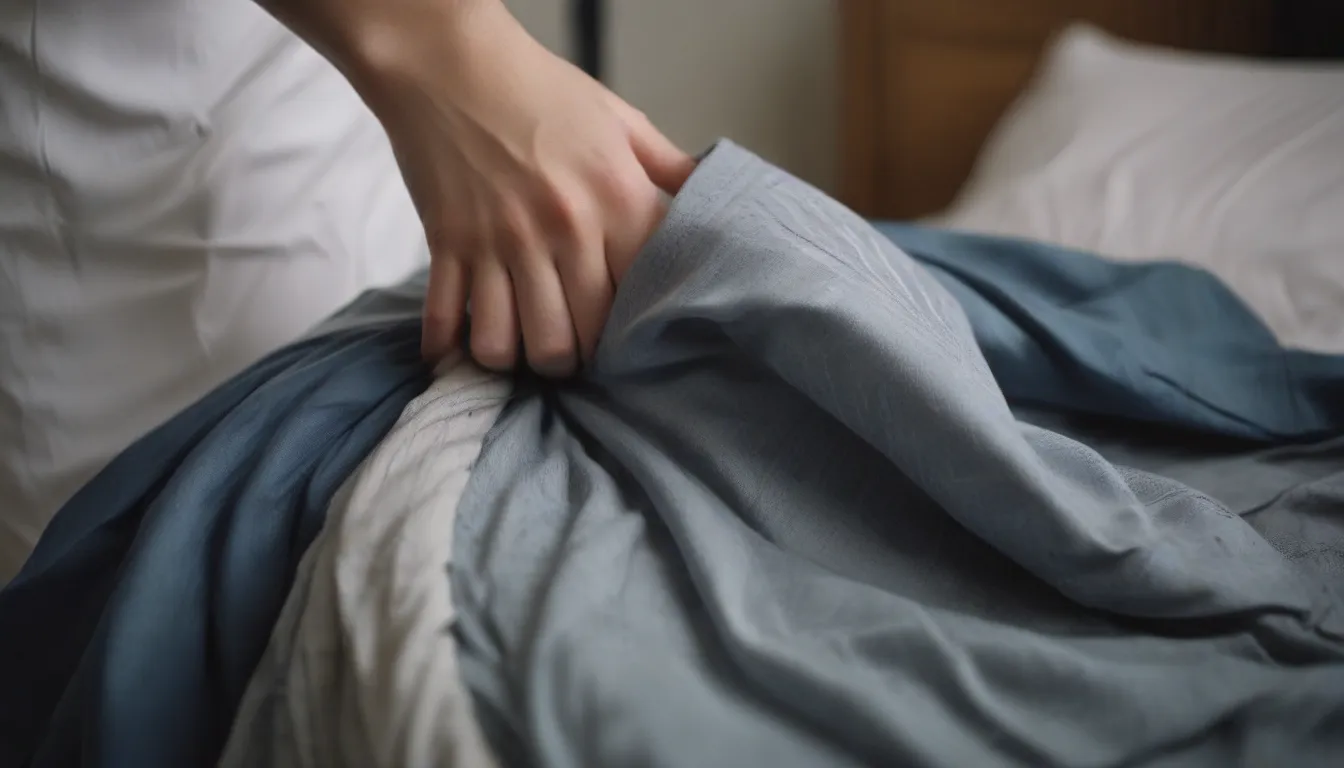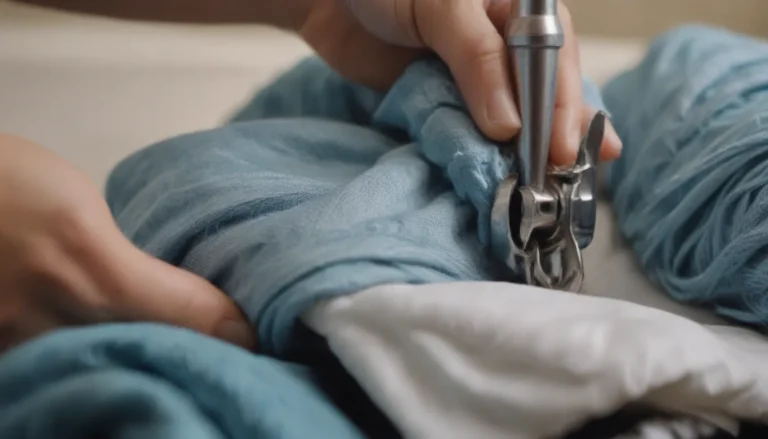The Complete Guide to Washing and Caring for Compression Garments

Compression garments have become increasingly popular in both medical and sports settings, providing benefits such as improved circulation, muscle support, and athletic performance. Whether you wear compression garments for medical reasons or to enhance your athletic abilities, proper care is essential to ensure they are effective and durable. In this comprehensive guide, we will discuss everything you need to know about washing and caring for compression garments to help you get the most out of your investment.
Benefits of Compression Garments
Compression garments like socks, sleeves, and pantyhose are commonly used in the medical field to assist individuals with poor circulation. These garments act as a second skin, providing the necessary resistance that weakened skin cannot. They are available in varying degrees of compression, with higher levels often requiring a doctor’s prescription. Compression garments are also used in the sports industry to aid performance and recovery. Some of the benefits of compression garments include:
- Improved circulation
- Muscle support
- Faster recovery after exercise
- Reduced muscle strain and fatigue
- Prevention of chafing and rashes
Whether you are a patient recovering from surgery or an athlete looking to enhance your performance, compression garments can provide valuable benefits.
Proper Care and Washing Techniques
Compression garments are designed to be snug and form-fitting, which means they require special care when it comes to washing. Proper care and maintenance will not only extend the lifespan of your garments but also ensure they remain effective. Here are some important tips for washing and caring for compression garments:
Machine or Hand-Wash
Compression garments can be either machine-washed or hand-washed, depending on personal preference. If using a washing machine, it is recommended to place the garments in a mesh lingerie bag to prevent snagging. Use the gentle cycle with cool water for dark-colored garments and warm water for light-colored items. It is ideal to have multiple sets of compression garments to allow the fibers to relax between wearings.
For hand-washing, use cool water and avoid over-agitating or stretching the garments. Gently squeeze out excess water and roll the garment in a dry towel to remove additional moisture.
Use Gentle Detergents
Harsh detergents can damage the delicate fibers of compression garments. It is best to use mild soaps or detergents that are free of bleach, chlorine, fabric softeners, or additives. Avoid using chlorine bleach on spandex as it can destroy the fibers and reduce the effectiveness of the compression.
Air-Dry Only
Compression garments should always be air-dried to prevent damage to the elastic fibers. Avoid exposing the garments to excessive heat, direct sunlight, or heat sources like radiators. It is recommended to lay the garment flat on a towel on a drying rack to maintain its shape and prevent stretching.
Replace Regularly
The elastic fibers of compression garments will naturally break down with wear. It is advisable to replace compression garments every six months if used daily or if they show signs of wear such as stretching out, holes, or loss of compression. If the garment no longer feels tight or compressive, it is time to replace it.
What to Avoid
To ensure the longevity and effectiveness of your compression garments, there are certain things to avoid:
- Avoid exposure to chlorine and sweat, as they can accelerate deterioration.
- Do not use creams, lotions, or oils when wearing compression garments, as they can weaken the fibers.
- Allow creams, lotions, and oils to dry completely before putting on the compression garments to prevent damage.
By following these care instructions and avoiding harmful practices, you can maintain the quality and performance of your compression garments for an extended period.
Research and Studies
Numerous studies have been conducted to evaluate the efficacy and benefits of compression garments in medical therapy and sports. For example:
- A study by Australian researchers found that compression garments worn during active recovery runs helped remove lactate from the blood, aiding in muscle recovery.
- The Cochrane Database of Systematic Reviews has published research on the effectiveness of compression stockings for preventing deep vein thrombosis in airline passengers, highlighting the importance of compression therapy.
These studies provide valuable insights into the benefits of compression garments and support their use in various settings.
In conclusion, proper care and maintenance are essential to ensure the longevity and effectiveness of compression garments. By following these guidelines and tips for washing and caring for your compression garments, you can maximize their benefits and extend their lifespan. Whether you wear compression garments for medical reasons or athletic performance, proper care will keep them in top condition for optimal results.
Remember, compression garments are an investment in your health and well-being, so taking good care of them is essential. With the right care routine, your compression garments will continue to provide the support and benefits you need for a long time to come.
References:
– Clarke, Mike J. et al. “Compression Stockings for Preventing Deep Vein Thrombosis in Airline Passengers.” The Cochrane Database of Systematic Reviews, vol. 9, no. 9, 2016, doi:10.1002/14651858.CD004002.pub3.
– Xiong, Ying, Xiaoming, Tao. “Compression Garments for Medical Therapy and Sports.” Polymers, vol. 10, no. 6, 663, 2018, doi:10.3390/polym10060663.
– Lovell, Dale I., Mason, Dale G., Delphinus, Elias M., McLellan, Christopher P. “Do Compression Garments Enhance the Active Recovery Process After High-Intensity Running?” Journal of Strength and Conditioning Research, vol. 25, no. 12, 3264-3268, doi:10.1519/JSC.0b013e31821764f8.





